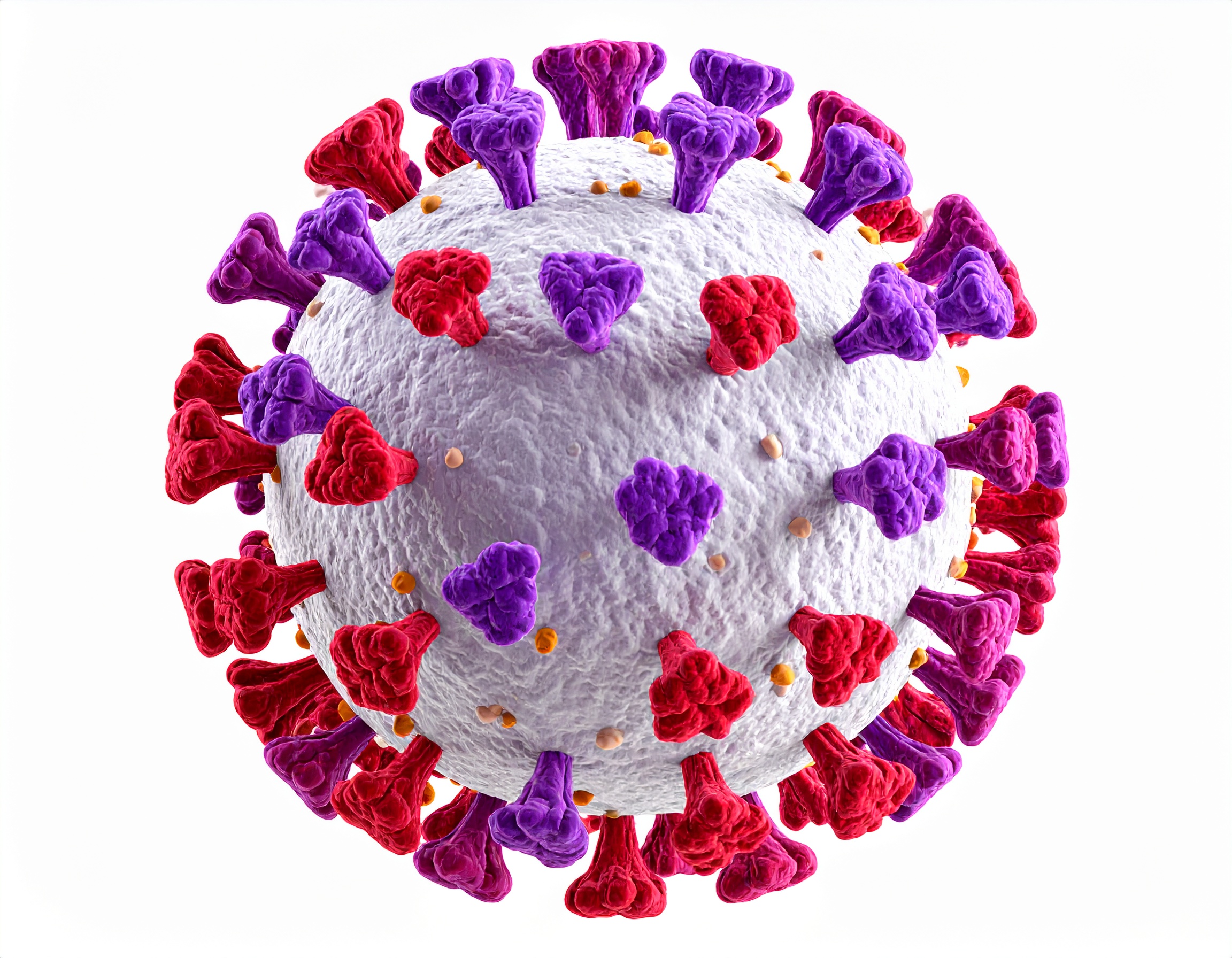While we often think about bacterial infections and managing the use of antibiotics, fungal and viral infections are relatively common in practice as well. We have many antifungal medications, and we also have a large number of antiviral agents. When comparing fungal versus viral infections, there is some variability here depending upon the specific infection, but there are some general differences (with exceptions) that are important to note.
Length of Treatment
Fungi grow and reproduce much more slowly than viruses or bacteria. This slow growth means it takes longer for antifungal drugs to reach effective levels within the infection and for visible improvement to occur. Infections like nail fungus can take months to resolve (great board exam question!). Additionally, some fungal infections occur in areas where drug delivery is limited, such as nails, deep tissues, bone, or the central nervous system. These hard-to-reach areas require prolonged treatment to ensure the antifungal reaches therapeutic levels.
Fungal infections are often chronic or occur in immunocompromised individuals, such as those with HIV/AIDS, cancer, or organ transplants. Because the immune system cannot effectively help clear the fungus, drugs must do more of the work over a longer period.
Viruses replicate rapidly and typically cause acute infections that trigger a strong and immediate immune response. Once the immune system recognizes the virus, it often clears it quickly, especially if the person is otherwise healthy. Many common viral infections, like the flu or a cold, resolve within a few days to a week because the body produces antibodies and activates immune cells that efficiently eliminate the virus from the body much more quickly than fungal infections.
The most important viral infection that is an exception to the rule is HIV. HIV requires chronic treatment because it is a virus that integrates into the host’s DNA, establishes lifelong infection, and cannot be fully eliminated by the immune system or current medications. When HIV enters the body, it targets and infects CD4 T cells—critical immune cells. After entering the cells, the virus uses an enzyme called reverse transcriptase to convert its RNA into DNA, and then another enzyme, integrase, to insert this viral DNA into the host’s genome. Once integrated, the virus can remain dormant or active, making it impossible (at least for now) to completely remove it from the body.
Vaccination
Viruses have simpler structures and limited variability within a specific type, making them more suitable targets for vaccines. They often cause acute infections that trigger strong, specific immune responses, which vaccines can mimic effectively. Many viral vaccines (like those for measles, influenza, or hepatitis B) use inactivated or weakened viruses, or specific viral proteins, to train the immune system to recognize and eliminate the virus before it causes illness.
Fungi, on the other hand, are much more complex organisms. They are eukaryotic, like human cells, which means they share many similar structures. This makes it difficult to identify fungal targets that the immune system can safely and effectively respond to without risking damage to human tissues. Additionally, fungi can change their form (such as from yeast to mold) and express different antigens depending on where they are in the body, making it harder to develop a single, effective vaccine.
Fungal infections are also less common in healthy individuals and usually affect people with weakened immune systems, such as those with cancer, HIV, or organ transplants. This limits the potential population that would benefit from a vaccine, reducing commercial interest and making large-scale trials more difficult.
While there is significant variability depending upon the organism, length of treatment and vaccination are two general differences when comparing fungal versus viral infections.
What other differences are important when navigating these types of infections?
- 30 medication mistakes PDF
- 18+ Page Drug Interaction PDF
- 10 Commandments of Polypharmacy Webinar based on my experiences in clinical practice









0 Comments